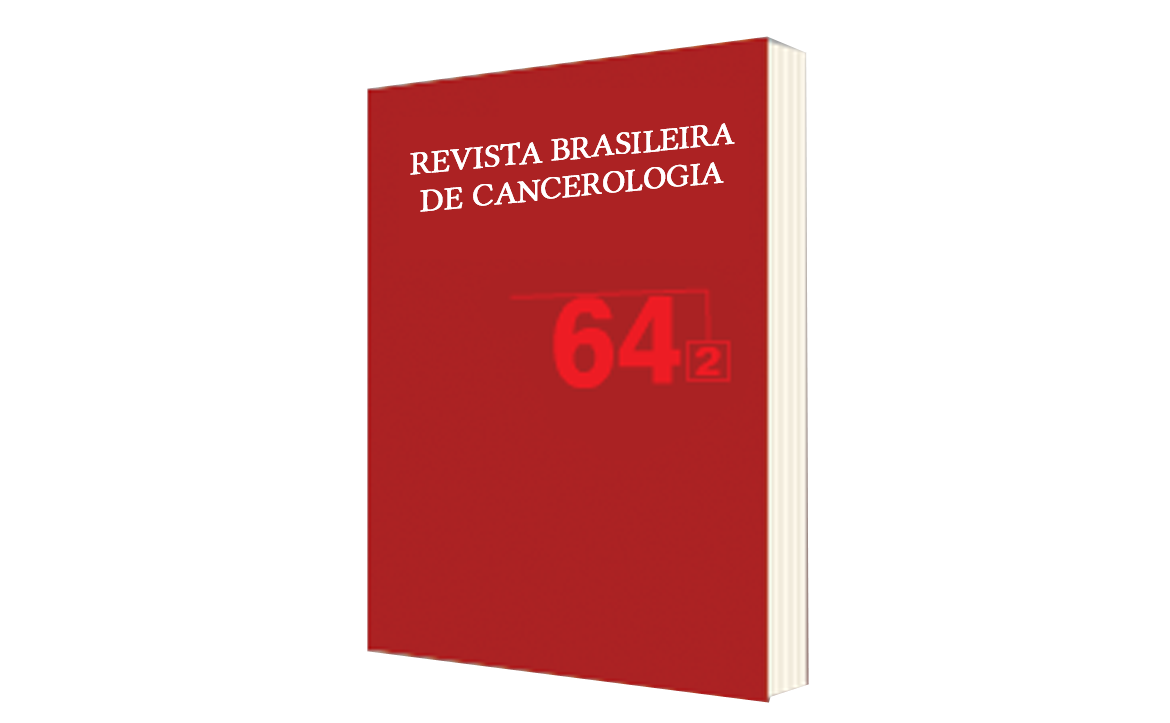Oral Miofunctional Aspects of Patients Diagnosed with Meningioma before and after Surgical Treatment
DOI:
https://doi.org/10.32635/2176-9745.RBC.2018v64n2.87Keywords:
Meningioma, Deglutition Disorders, Language, Brain NeoplasmsAbstract
Introduction: Meningiomas are among the most frequent primary intracranial neoplasms, and among the neurological deficiencies caused are speech-language disorders, mainly deglutition and communication
deficits. Thus, studies that identify early speech-language disorders are necessary for an adequate therapeutic intervention. This study aims to describe speech-language pathology in patients diagnosed with meningioma before and after surgical treatment. Case report: Six individuals with meningioma diagnostics participated in the study hospitalized in a general hospital in Salvador - BA. Participants were submitted to speech and language assessment before and after tumor resection, with application of the protocol of clinical evaluation of speech-language pathology. At the pre-surgical stage, speech-language disorders occurred in a small number of cases, mainly related to mild deficiencies of orofacial motor and mild to moderate dysphagia. Already in the postoperative period, speech-language disorders were frequent, especially regarding swallowing, with involution of the functional oral intake scale and need for speech therapy in all cases. Conclusion: It is concluded that the meningioma can cause different speech-language disorders, mainly in swallowing, being more frequent in the post-surgical moment due to the manipulation of the vessels and nerves, being more worrying in posterior cranial regions.









